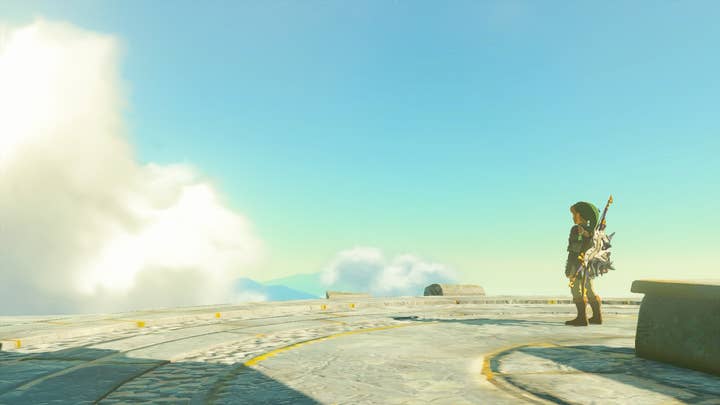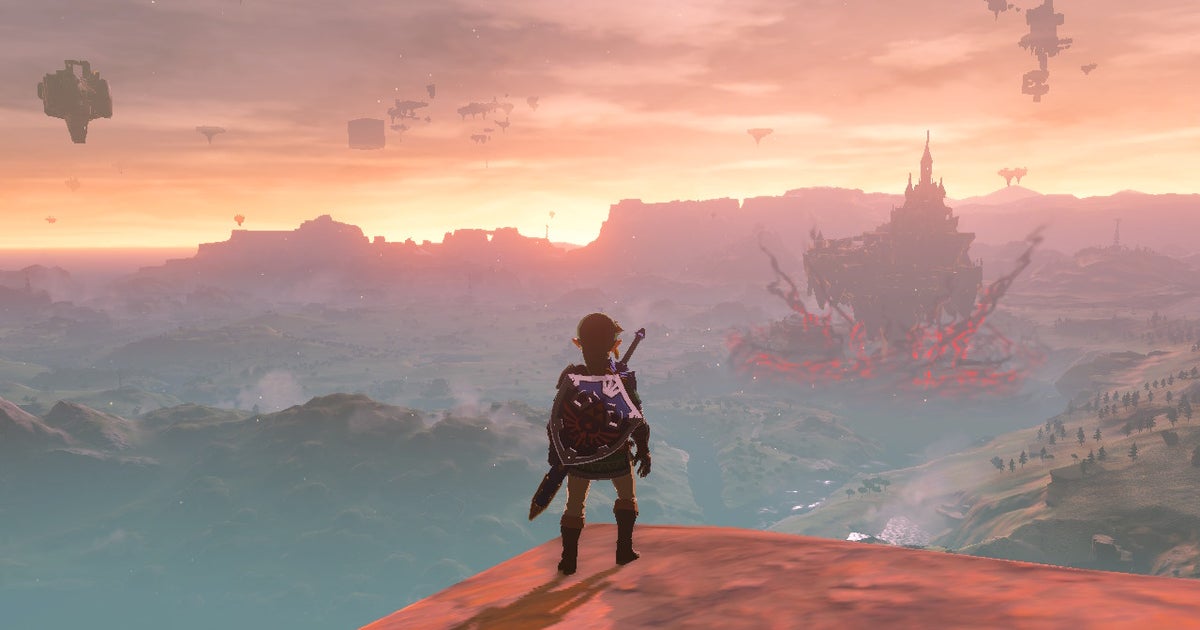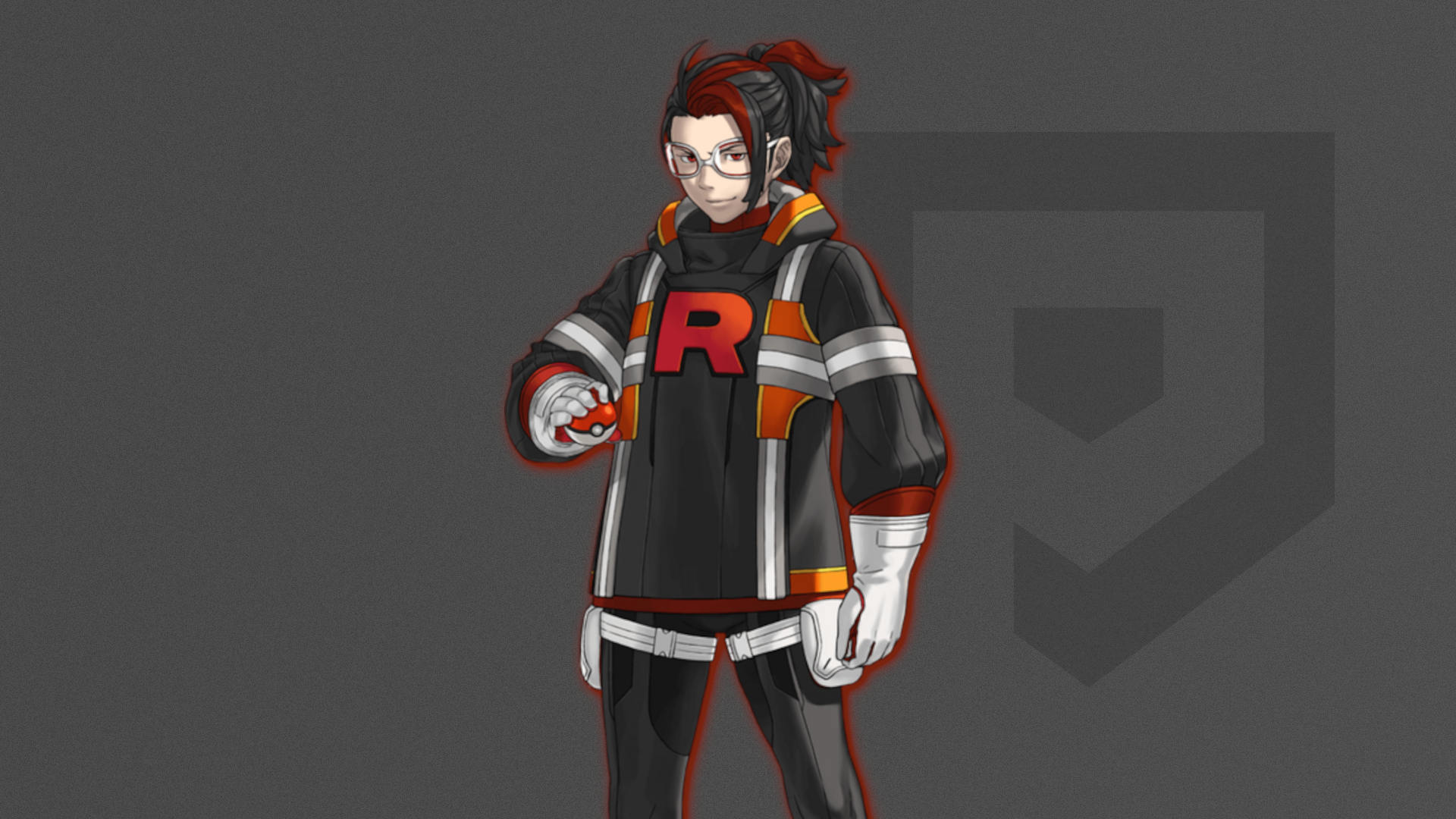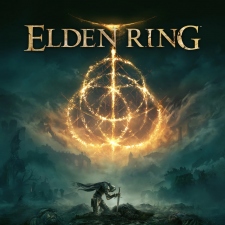Zora’s Domain is covered in sludge and Prince Sidon needs my help.
First, I need to restore the Zora armour (a simple ‘find the fish’ fetch quest), which will enable me to swim up waterfalls to some sky islands. I don’t know what’s up there, but I suspect the armour’s base rating of 3 isn’t going to be enough protection so it’s off to the Great Fairy fountain for an upgrade – except she needs some Hyrule bass (basses? bassi?) to do so, which means I’ve got to head back to central Hyrule and go pond dipping. Inevitably, I find and complete shrines during my search.
Upon my return, I decide to upgrade my standard get-up (Cap of the Wind, Hylian Trousers, and Hylian Armour dyed traditional Link green, natch), only to discover the Great Fairy can’t offer the maximum level because I still have one of her sisters to find. This leads me on a fairly lengthy gallop around Hyrule, trying to remember where the last giant flowerbud is, and then to another musical troupe quest, which takes me far to the south, to Faron, to find fireflies for a flute player. More shrines are ticked off along the way.
The band reunited, I prepare to take them to the fountain when I notice Penn, my Rito colleague from the Lucky Clover Gazette, who is investigating a potential Princess Zelda sighting. So I offer to look into it and… wait, wasn’t I saving Zora’s Domain?
The above meandering filled a couple of hours. It honestly felt like 30 minutes. And the best thing is none of that was forced upon me. This was not padding, or interjecting side quests designed to ensure I’m levelled up for the next main quest beat. This was the pure joy of curiosity, of discovery, of simply wondering ‘What’s over there?’
As a long-running Zelda fan, it’s no surprise Tears of the Kingdom has its hooks in me. What is surprising is how many hooks there are and how deep they go
Small wonder, then, that I recently passed the 100-hour mark, making The Legend of Zelda: Tears of the Kingdom my most-played game on Switch, if not any console.
As a long-running Zelda fan, it’s perhaps no surprise this game has its hooks in me. What is perhaps surprising is how many hooks there are and how deep they go.
Let’s get the obvious out of the way: Tears of the Kingdom is very much standing on the shoulders of Breath of the Wild. This is not a reinvention in the way its 2017 forebear was, and much of the gameplay is essentially the same: explore Hyrule, clear shrines, do the Four Main Things before heading to the boss, cook dubious food, find Korok seeds, climb everything, and so on.
It’s even set on the same map, but this redesigned map holds the key to Tears of the Kingdom’s appeal: there are enough new ideas, enough changes and additions, that it feels like discovering Hyrule for the first time all over again. I loved discovering the new landscape of a less lava-filled Death Mountain, seeing how Tarrey Town has expanded in the intervening years, getting acquainted with the new settlement of Lookout Landing, and finding how ghastly, mushroom-themed ‘fashion’ has taken over Hateno Village. Yes, there’s an element of familiarity to all these places, but that doesn’t mean the game is short on surprises.
For example, the new towers are a much more satisfying way to reveal the map. Rather than an arduous climb to press a button, it’s a puzzle or something akin to a miniature quest and your reward is to be launched into air, giving you the option to explore a new set of sky islands. Breath of the Wild’s Hyrule already felt gargantuan, but the networks of sky islands feel like great additions – plus you have another colossal world to explore in the Depths.
At first, I avoided this subterranean expanse, partly due to its creepy ‘Upside Down from Stranger Things’ vibe, but mostly because it’s a lot more difficult. As I became equipped with stronger defences, I decided to see what was down there. Hours later, I was still mining Zonite, hunting down the Yiga Clan, taking out Groxes, and finding just one more lightroot. Just one more…
The Depths alone could have filled an entire game, and yet it’s a third of the experience in Tears of the Kingdom.
Then there’s the welcome return of dungeons, one of my favourite aspects of the Zelda series. The dungeons here are still not of the same structure (or, I’d argue, quality) as those found from Ocarina of Time to Skyward Sword, but they feel more involved than Breath of the Wild’s Divine Beasts. Those felt more like spaces that you stumbled around, solving a puzzle here and there, but ultimately trying to Activate The Things to unlock the final boss. These still revolve around Activating The Things, but with a clearer sense of where you need to go and how you get there, like the Zelda dungeons of old.
Every triumph is yours and yours alone, every failure an amusing anecdote
I’ve enjoyed the dungeons so much, I prefer them to the shrines, although these are still excellent. I really appreciate the ability to solve their puzzles in whichever way I see fit – to the point where it almost feels like I’m cheating in some of them, as I completely bypass the designer’s intended solution.
The shrines are also more satisfying this time because they demonstrate how versatile this game and its new mechanics are. I was 80 hours in before I found the shrine that told me I could Fuse a rocket to my shield to soar upwards – a game-changer of a discovery.
While I’ve not experimented as much with Ultrahand as I expected (I’m quite content to gallop around on horseback rather than racing around on some convoluted bike or buggy), I’ve been taking delight in using Fuse to augment my weapons. Fire Lizalfos up ahead? No problem, shoot an arrow fused to an ice fruit and it’s instantly dead. Blockage in a cave? It’s bomb arrow time, unless I want to use my boulder hammer.
Just as Breath of the Wild changed expectations around freedom of movement, e.g. the ability to climb anything, I believe Tears of the Kingdom will have an impact on how developers treat their inventories. Why shouldn’t I be able to attach that enemy’s horn to my sword to make it deadlier in the next battle?
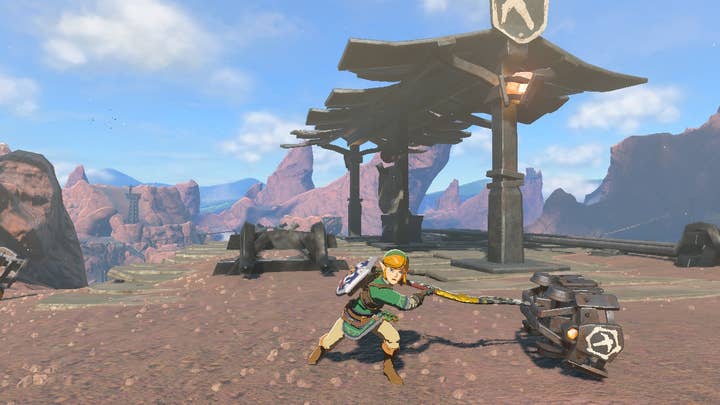
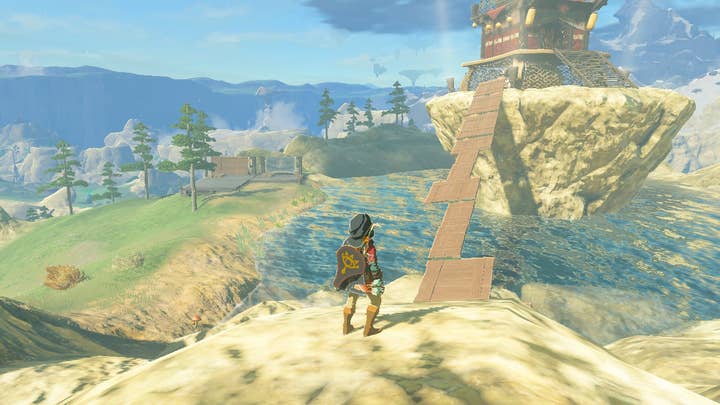
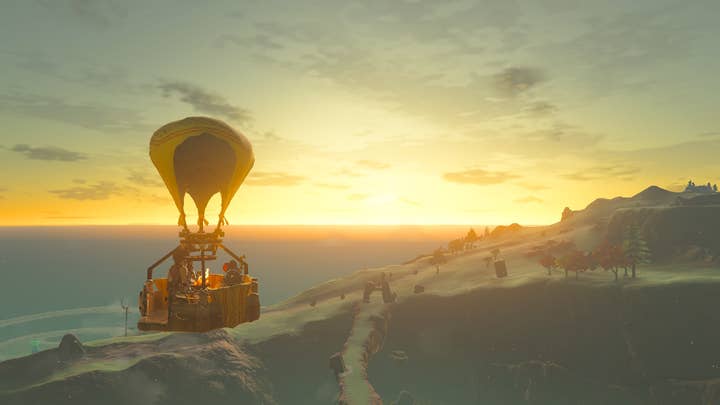
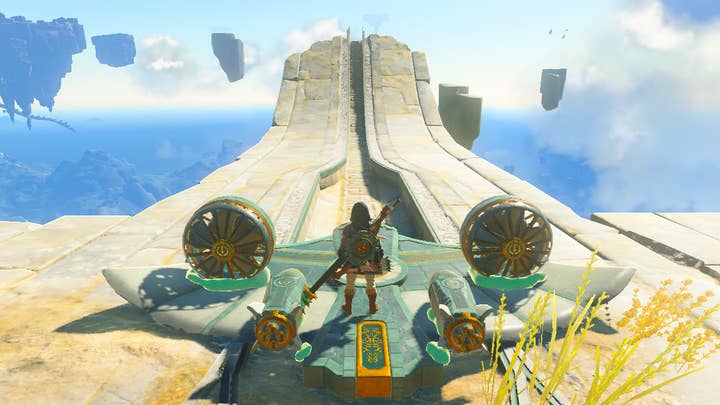
If this feels like a blow-by-blow run-through of all the new features this new Zelda has to offer, it’s because it all comes together to form such a wonderful package. It never feels bloated or forced, and everything feels relevant and valuable (even that bloke who struggles to put up signposts). Even while writing this piece, I thought it would be impossible to pick my favourite part, or the aspect that has made me fall in love with this game.
But then I realised I can: It’s the storytelling.
Tears of the Kingdom builds on the minimalist storytelling its forebear employed for the overall plot, conveying the sense of an epic fantasy in just a dozen or so cutscenes that are each barely a minute long (something I’ve found incredibly inspirational as a writer). Zelda’s story is presented over the course of just half an hour, and yet it drove me forward, keeping the main objectives constantly in mind. And it’s not just Link’s quest that I love, but those of everyone he encounters.
I don’t want to leave this world, I want to experience every tale it has to tell
Since Majora’s Mask, I’ve held Zelda to a higher standard for side quests. That game’s adventures were much more personal, and felt like you were genuinely helping characters rather than performing busywork. The series has struggled to match Majora’s heartwarming adventures, falling as low as Skyward Sword’s “I can’t be bothered to dust my house, you do it” side quest.
Breath of the Wild was an improvement but still felt empty, which was intentional due to the post-apocalyptic nature of that game’s story. Tears of the Kingdom, however, is packed with stories to tell.
A prime example is the plight of Mattison, the young half-Gerudo girl preparing for a rite of passage that will take her to the other side of the world but more concerned about her family’s happiness. In a short space of time, I became so invested in her story that as soon as it was completed, I abandoned whatever main quest I’d been pursuing to travel to the Gerudo Desert and see how she was doing. And further stories unfolded as soon as I got there.
Even when you’re not focused on a side or main quest, you feel like you’re creating your own story. The outcome of every enemy encounter feels like something unique to you, especially if you’re trying something a little more unorthodox to overcome them. Every triumph is yours and yours alone, every failure an amusing anecdote. I don’t want to leave this world, I want to experience every tale it has to tell.

Since joining GamesIndustry.biz, and specifically since writing these Games of the Year pieces, I’ve been under a strange, self-inflicted pressure: to play/finish as many new games as possible.
When I played Baldur’s Gate 3, I had this nagging drive to blitz through as much as I could before Starfield came out. I felt I needed to have my fill of Starfield before Cyberpunk 2077: Phantom Liberty arrived, which was then followed by Assassin’s Creed Mirage, Marvel’s Spider-Man 2, Super Mario Bros Wonder, Super Mario RPG, and oh God it never ends.
When I play The Legend of Zelda: Tears of the Kingdom, I just don’t care.
There are enough new ideas, enough changes and additions, that it feels like discovering Hyrule for the first time all over again
As I near the end of my final temple, I’m already planning to explore elsewhere afterwards, to clear a few shrines, complete more quests, discover more secrets. I actively don’t want to finish this game, and I don’t remember feeling this way before.
I still have so much to do. I have only revealed half the Depths maps, there are sky islands I haven’t reached yet, and dozens of shrines I’ve yet to find. I haven’t purchased a custom-designed house near Tarrey Town yet, nor have I found my way back into the Lost Woods, nor have I solved the mystery of the last Ring Ruin in Kakariko Village. I’ve barely scratched the surface with building vehicles, and I haven’t even tried taking on a Gleeok or Lynel yet (I’m too scared).
The Legend of Zelda: Tears of the Kingdom is not just my Game of the Year; there’s a high probability this will be my Game of Next Year, as well.
